Last Updated on April 27, 2024
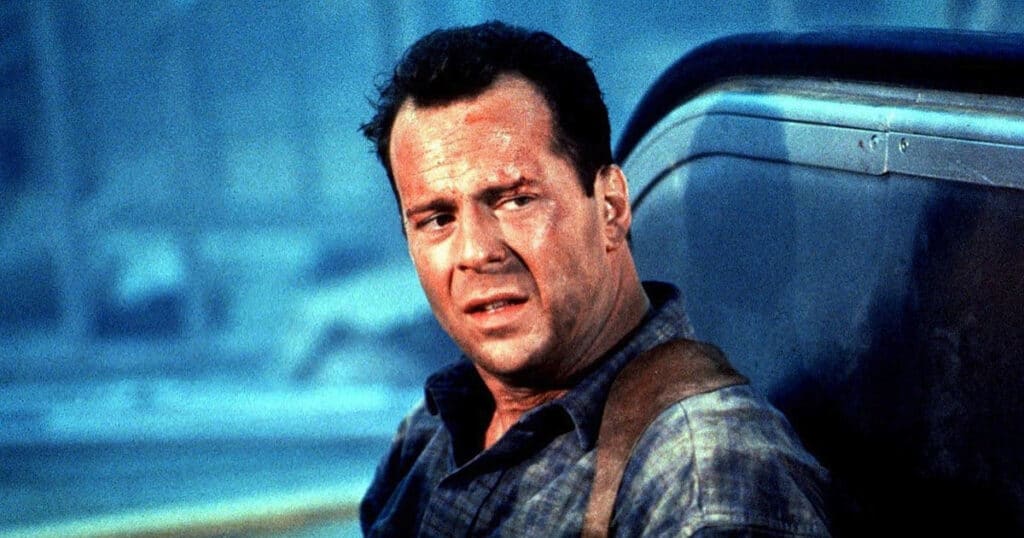
While Renny Harlin was promoting his film, The Bricklayer, JoBlo asked him about the making of Die Hard 2: Die Harder, and he had high praise for star Bruce Willis, who he compared, favourably, to the new generation of action stars, who seem reluctant to ever allow themselves to get beaten up on-screen, Willis never had this issue, said Harlin: “I really wanted Bruce Willis to get really screwed up. His face is a bloody mess by the end of the movie, and like you said, it really does make the character more heroic. They are really taking punishment and keep going.”
However, as we reported a little while back, there was one line Willis didn’t love in Die Hard 2: Just the fax, ma’am…
It’s a line that made audiences laugh, but, in his book “The Last Action Heroes,” writer Nick de Semlyan interviews Harlin, and the director reveals it was a line the actor hated. In the book, Harlin says the only conflict between him and Willis happened because the latter wanted to play the great detective John McClane in a more serious way than he had in the original Die Hard, 1988’s biggest action movie. “One-liners and jokey comments are bullshit: that’s not real life. In a real situation, with lives on the line, you can’t say that kind of thing.”
According to Harlin, a compromise was made where Willis would do however many takes he wanted in a serious way, but Harlin would then be allowed to film a lighter, more humorous version. Most of these funny takes wound up in the final cut. But Willis drew the line by saying “just the fax” during a bit where a flirty airport worker helps him send a fax of a dead bad guy’s fingerprints. “He said it’s cheesy, it’s stupid. I’m not going to say it.” Finally, producer Joel Silver got involved, and the line was shot as planned.
Whatever the case, Die Hard 2: Die Harder wound up being a major financial hit, grossing $240 million worldwide, which is over $100 million more than the classic first instalment made. Ironically, the book states that when Die Hard 2 came out, Willis swore he was done with the character, saying, “Sure, Die Hard 3: He’s Dead. No, I think we’ve pretty much said everything about John McClane and terrorists.” Willis would go on to make Die Hard with a Vengeance, Live Free or Die Hard, and the now infamous A Good Day to Die Hard. Since being diagnosed with frontotemporal dementia, resulting in aphasia, Willis has been retired from acting, as challenges with communication are just one symptom of the disease. Famously married to former wife Demi Moore from 1987 to 2000, Willis is now spending his days with his wife Emma Heming and his five daughters Rumer, Scout, Tallulah, Mabel, and Evelyn. We’re sending all our best to the Willis family. And now is definitely time to look back at some of his classics, as well as some his movies that never really got their due, such as Antoine Fuqua’s Tears of the Sun (2003), 1991’s Hudson Hawk, The Last Boy Scout, and, of course, his classic TV show Moonlighting, where he starred opposite Cybill Shepherd.
If you want more classic stories from the eighties and nineties golden age of action movies, I highly recommend checking out de Semlyan’s book. Buy it here!
How did Die Hard 2 happen?
Returning producer Larry Gordon was evidently the only person who sensed Die Hard was about to become a franchise. While the movie opened well and had a good run during the late summer of ‘88, it wasn’t a runaway smash. Unlike today, studios didn’t just automatically assume they were kickstarting IPs back then, and whether or not a movie was a hit couldn’t be determined for several weeks, if not months. Hence, 20th Century Fox wasn’t going to pull the trigger on a sequel without obvious proof that the audience was demanding more John McClane.
But Gordon instinctively knew they had something special, and began to think about a sequel. As with the first movie, Die Hard 2 would be adapted from a novel, this one “58 Minutes” by Walter Wager, about a New York cop forced to stop a terrorist who’s holding JFK Airport hostage by taking over its air traffic control. A seemingly natural situation to plug John McClane into.
Gordon turned to newbie screenwriter Doug Richardson to adapt the book. Richardson had no credits at that point, but was on the rise and would come cheap. According to Richardson, he was adapting the book as a Die Hard sequel without the studio’s knowledge – they thought they were paying him for a “58 Minutes” movie.
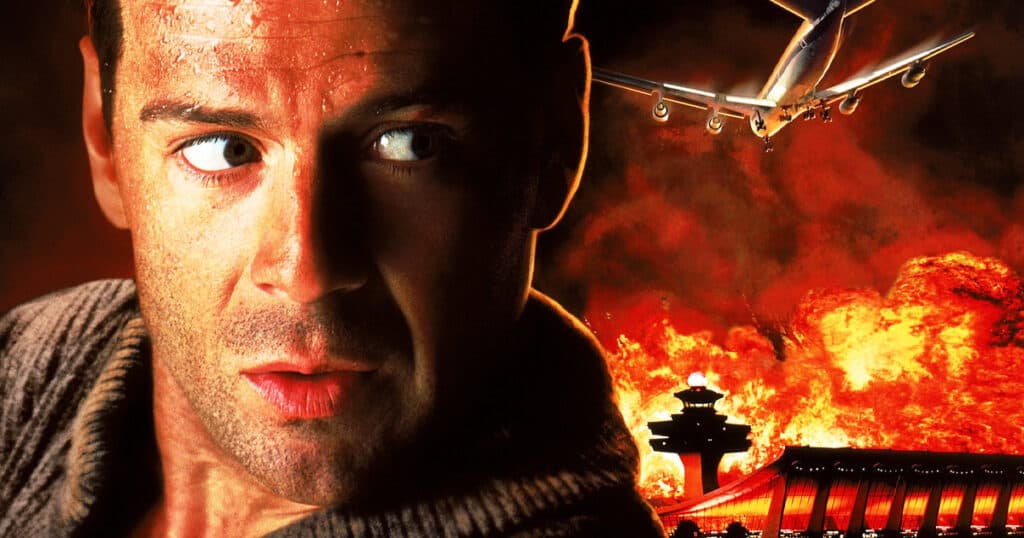
After some weeks of being in the marketplace, it became clear Die Hard was indeed a success. When the new head of Fox finally announced that he wanted a Die Hard 2, Larry Gordon was able to say they were way ahead of them with the script he and Richardson had been developing all along. Sneaky, but smart, as they wouldn’t have to spend several months searching for writers and cranking out a script for the sequel. Now they could get this film ready for the summer of ’90.
Once it was officially a Die Hard movie, that meant mega-producer Joel Silver was back on board, indicating Doug Richardson’s days were numbered. Silver frequently brought in screenwriter Steven de Souza on his action films, like 48 HRS, Commando and the first Die Hard, and this situation would be no different. Richardson was let go and de Souza brought on to tailor the script to Silver’s liking; the same exact thing happened on the first film, when de Souza replaced that script’s originator, Jeb Stuart.
Enter Renny Harlin
In terms of finding the right person to captain this ship, the first film’s director John McTiernan was an obvious choice, but he was unavailable thanks to his commitments on The Hunt for Red October. Eventually, the job went to Renny Harlin, the Finnish director who Fox had tried to get to helm Alien 3. When that fell apart, he directed the Andrew Dice Clay vehicle The Adventures of Ford Fairlane for the studio. The higher-ups were so impressed with the early footage from that film that they asked Harlin to jump into Die Hard 2. Problem was, Harlin only had mere weeks between wrapping Ford Fairlane and starting Die Hard 2. Making matters more complicated still, he would ultimately have to be involved in the post-production of both of them at the same time.
The turnaround for Die Hard 2 was going to be tight. Shooting commenced in November of 1989 and the film was targeting a late June debut the following year – a shockingly quick turnaround for a major blockbuster. If we’re going to jump ahead a bit, the film wrapped in April of ’90, less than three months before its opening weekend. Naturally, the movie was being edited at the same time it was shooting in order to ease the tension, if ever so slightly.
Originally the movie was to be set in NY, as the book was, but the decision was made to switch it to Washington DC. However, save for the exteriors of the airport, which were shot in Denver, all of the interior scenes were to filmed at LAX in Los Angeles, while the airport was still catering to thousands of travelers a day. During the scenes where extras had to scramble about the airport in a panic, the production team was careful not to cause a real panic at the airport, using code words to spur them into action as opposed to having Renny shouting into his bullhorn, which they feared might frighten unknowing bystanders. These scenes were also shot in the very early hours of the morning, 3 or 4 am, when the airport was at its quietest.
Getting Bruce Willis Back
Naturally, Bruce Willis was to reprise the role as John McClane, which had made him a bona fide movie star. Willis was going to get $7.5 million for Die Hard 2, a nice raise after the $5 million he got for the first – which was seen as a lot for someone who wasn’t an A-lister. The film’s budget was allegedly in the $65-70 million range, making it one of the most expensive movies ever made at the time. As with the first film, Willis was going to be spitting out one-liners and clever quips throughout the movie, and he would have free reign to ad-lib McClane’s sardonic dialogue when he saw fit.
Playing the villain would be William Sadler, who wasn’t exactly a household name – but then again, neither was Alan Rickman when he played Hans Gruber. Sadler found out his introductory scene would see him doing tai chi in a hotel room while naked – which was Harlin’s idea – prompting the actor to ask the director to shoot this scene toward the end of the production so he could get in shape. Sadler ended up getting in such good shape that it encouraged Harlin to change his diet and lifestyle in order to replicate what he saw from the dedicated actor.
The film’s other main villain, General Esperanza, was played by Django himself, Franco Nero. How he got involved is one of many classic Joel Silver stories: apparently the two men had the same accountant, and said accountant had posters of Franco Nero’s movies all over his walls. After seeing this, Silver decided he wanted Nero in his film, but the actor had a conflict in his schedule, plus he didn’t like the script very much after it was sent to him. Silver then repeatedly called Nero, screaming at him and demanding he do the movie. He kept at it until Nero threw his hands up and agreed to do the movie. For a man like Silver, persistence obviously pays off.
Intriguingly, actress Linda Fiorentino was reportedly being wooed to co-star in the film as soon as one month before shooting began, and since it obviously didn’t come to fruition, it’s still unclear which character she would’ve portrayed. Perhaps pesky reporter Samantha Coleman, eventually played by Sheila McCarthy, who helps McClane out at the end of the film. In a head-scratching mistake, her character in the end credits is listed as Samantha Copeland, not Coleman. Whoops.
A Difficult Shoot
The majority of the interiors were shot on the Fox lot in L.A., no big deal there. It was the exteriors that proved to be a major problem. Since the film takes place in December in Washington D.C., a little snow would be needed, if for no other reason than added atmosphere. The issue was, that winter was a notoriously warm one in North America. The production had planned on shooting most of its exteriors in Denver, Colorado, where you’d expect plenty of snow, but nothing doing. They traveled to Washington State, to Michigan, to Canada in hopes of getting their snow, most of the time to no avail. More often than not, they had to import snow from Canada, or rely on fake snow in the form of detergent, plastic, or potato flakes.
Things did get cold, however. The final scene, where John reunites with wife Holly, was shot in Colorado in sub-zero conditions. It was so cold that the film was freezing in the camera, and Willis’ make-up was freezing to his face. It didn’t help much that Willis and Bonnie Bedelia are barely bundled up for this scene, and the moment where a blanket is thrown over them as they embrace was put in there because the actors genuinely needed protection from the elements.
While real planes were used for several sequences especially landing shots, the majority of the planes you see in the final product are 20-foot models. The Dulles airport runways were miniature sets built in L.A., and in the commentary track for the film Harlin notes that several notable Hollywood big shots – including his idol, Martin Scorsese – would often stop by the set to check out the impressive undertaking. All told, it reportedly took Industrial Light and Magic over six months to craft the various exciting explosions and other effects seen in the film. (https://youtu.be/kGuowHL7Azs?t=268)
One of the movie’s standout sequences, certainly its most disturbing one, is when the evil Col. Stuart crashes a passenger jet in order to prove he means business. In Doug Richardson’s script, it was a UPS plane with only two pilots, but it was eventually decided to be a plane filled with people. This was something Harlin fought for and the studio was vehemently against, because they thought the sequence would be so traumatic that the audience would tune out the rest of the movie. Harlin held firm and got his way, though according to the director the rough cut was even more disturbing, with passengers being flung around and set on fire, the works. He eventually figured this was just too much and toned it down significantly in the editing room. That said, Harlin still boasts that, at the time, “Die Hard 2” killed more fictional people overall than any other action movie to that point.
Maybe it’s no wonder no airlines wanted to be attached to the film. Initially the production tried to get actual airlines on board, but there were no takers, the thinking being that the movie made airport personnel look incompetent. Besides, which airline would want to see a model of one of their own planes crash into the runway in a fiery blaze? So the producers just made up some names, which was probably always the most reasonable decision to begin with.
As mentioned a little earlier, post-production was going to be extremely tough on Harlin, who would be supervising the editing of both Die Hard 2 and Ford Fairlane. The former’s release date got pushed back a week and would now come out during the July 4th holiday. And Ford Fairlane? That was coming out July 11th. Yes, Renny Harlin had two movies debut a week apart, which certainly had to have been a first.
1990: Sequel Summer
1990 was The Summer of the Sequel; in addition to Die Hard 2, there was Gremlins 2, Another 48 HRS, Back to the Future 3, Robocop 2, Young Guns 2, you get the idea. During its first week of release, Die Hard 2 made $35 million, which was a very healthy sum in those days for an opening. It eventually ended up besting the first movie’s box office tally significantly, ending up with around $117 million domestic.
Though the reviews were mixed, they tilted toward the positive. Perhaps most surprisingly, Siskel and Ebert both raved about it, with Siskel even putting it in his top 10 at the end of the year.
So is Die Hard 2 bigger and/or better than its predecessor? Depends on who you ask, though most people, of course, will say the first cannot be topped. It’s this writer’s opinion that part 2 is as enjoyable as the first – if nothing else, it was able to hold on to many of the attributes the first one contained while changing the game in an interesting way. McClane essentially became an unkillable machine after this one, and while part 3 has its charms, the first two are where it’s at: Great action movies with a terrific hero, truly repellent bad guys, and eye-popping set-pieces that still hold up today.




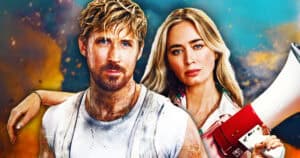

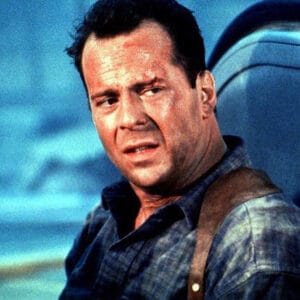
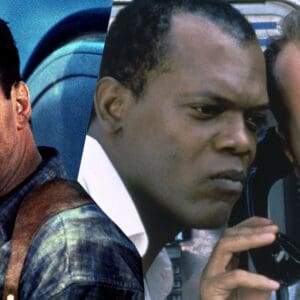
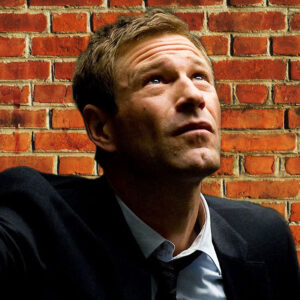

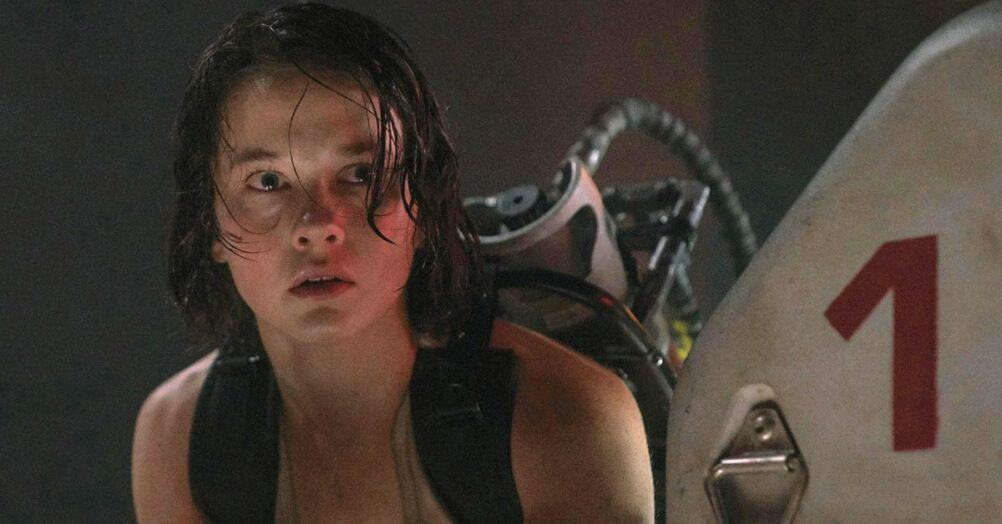


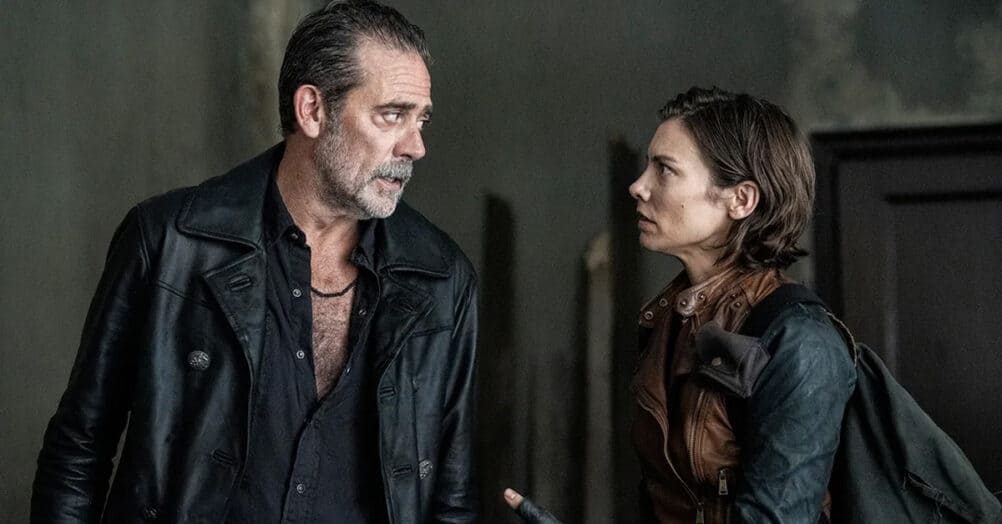
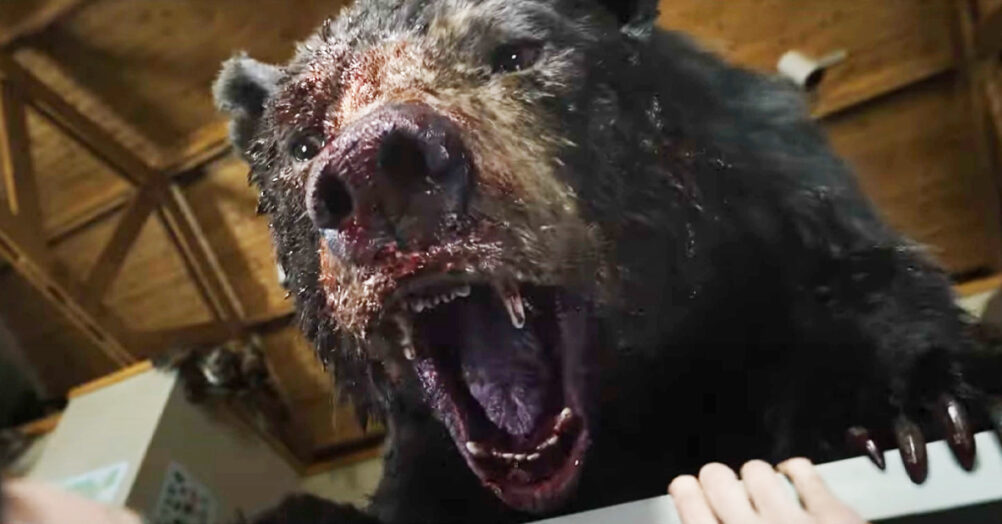


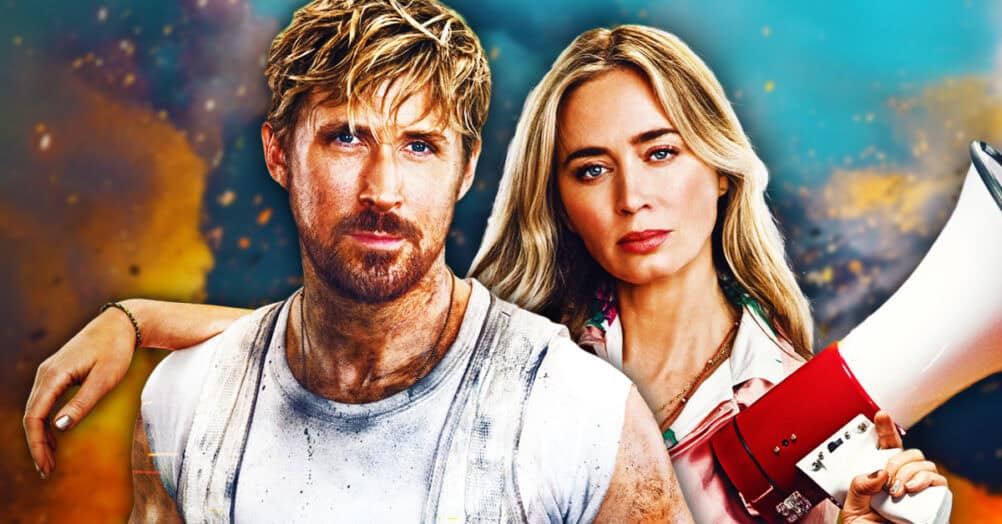

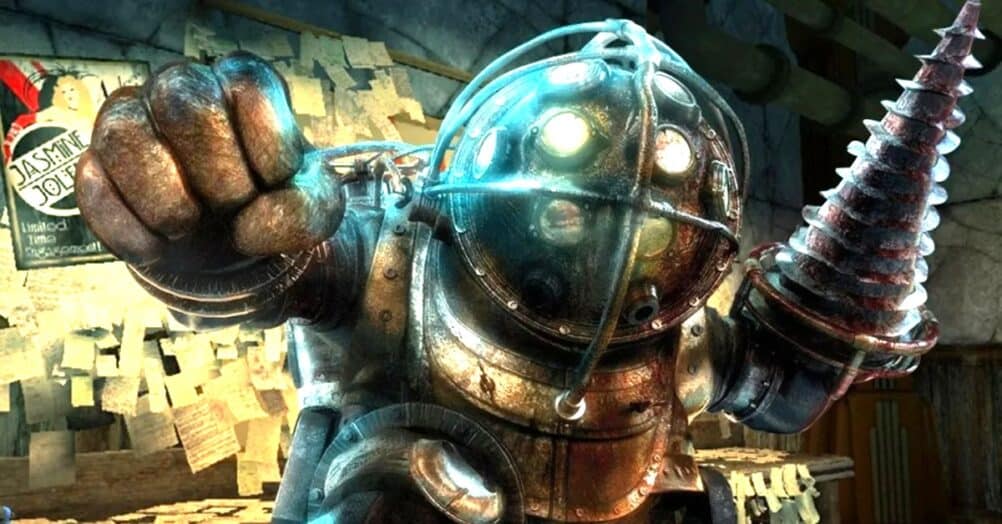
Follow the JOBLO MOVIE NETWORK
Follow us on YOUTUBE
Follow ARROW IN THE HEAD
Follow AITH on YOUTUBE